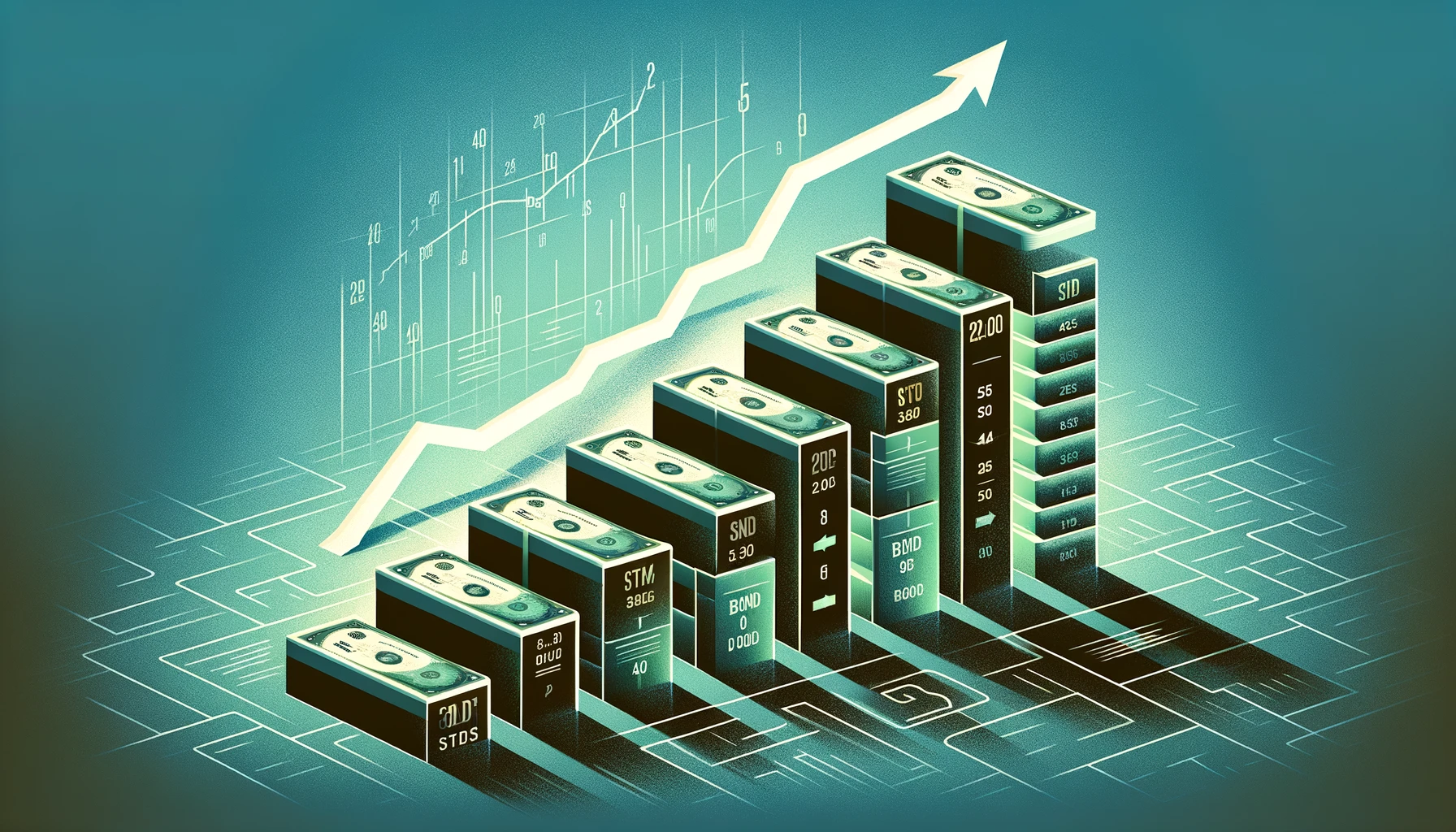Investing in dividend-paying stocks is one of the most popular strategies used by investors, as it provides income to supplement their investments. Business Development Companies (BDCs) are particularly attractive as they have relatively high yields and are heavily regulated by the government. However, this does not necessarily make them safe investments. In this blog post, we will discuss the safety of BDC dividends and what investors should consider when deciding whether to invest in these types of stocks. We will look at the factors that influence dividend payments, the potential risks associated with investing in BDCs, and the measures investors can take to ensure they receive a safe and steady return, which many dividend investors love. By being aware of the risks and taking steps to minimize them, investors can ensure that their BDC dividend payments remain safe and secure. Are YOUR BDC dividends safe? Pick the best options in the market and you will have a better chance – as we see below.
What is a BDC?
A Business Development Company (BDC) is a publicly-traded company specializing in making investments in small and mid-sized businesses, usually in debt or equity. BDCs often provide capital to businesses that would otherwise not be able to access traditional financing. As such, BDCs are an important source of capital for businesses that are not yet large enough to access the public markets. BDCs also offer a unique dividend structure and can provide investors with a source of attractive income, making them an attractive investment option.
Real Estate Investment Trusts (REITs) and Business Development Companies (BDCs) are both investment vehicles that allow investors to diversify their portfolios and gain access to income-producing real estate and businesses. Both REITs and BDCs are publicly traded and offer investors exposure to a diversified portfolio of real estate or businesses. REITs invest in real estate related assets such as office buildings, shopping centers, residential properties, and more, while BDCs invest in private and middle-market companies. Both REITs and BDCs provide investors with access to high-yield investments with lower risk as compared to direct ownership of real estate or businesses. Additionally, both REITs and BDCs are subject to various regulations to ensure the safety of investors.
Understanding BDC dividend safety
Investors considering investing in BDCs need to understand how to assess the safety of their dividends. When evaluating a BDC dividend, the most important factor to consider is the company’s ability to generate sufficient earnings to cover the dividend payments. As with any dividend-paying security, investors should research the company’s past financial performance and management’s ability to generate consistent profits. In addition, investors should review the company’s debt loads and ability to service it. It is important to understand the company’s existing debt structure and the potential for new debt that could increase the payout ratio and reduce the safety of the dividend. Finally, investors should also consider the management’s track record of paying consistent dividends. A strong dividend history may provide assurance of future dividend payments.
Factors that influence dividend safety
When evaluating the dividend safety of Business Development Companies (BDCs), there are three main factors: their debt-to-equity ratio, their loan portfolio, and their liquidity. A BDC’s debt-to-equity ratio should be reasonable, as too much debt can indicate financial stress and lead to a dividend suspension. Additionally, their loan portfolio should be diversified across industries and have reasonable repayment terms. Lastly, they should have sufficient liquidity to handle large payouts, such as dividend payments, without compromising their ability to function. Considering these three factors, investors can be assured that their BDC dividend is safe.
Risks associated with BDC dividends
BDC dividends can be an attractive option for investors with a risk tolerance for high-yielding investments, but a few risks are associated with investing in BDC dividends. First, BDC dividend yields are often volatile, as the value of the stock can be affected by changes in the BDC’s portfolio holdings. Second, BDCs typically make payments every quarter, so there is no guarantee of steady income. Third, BDCs are subject to regulatory and economic changes that can influence their performance. Finally, BDCs may be exposed to default risk, as the loans they make can become delinquent. By understanding the risks associated with BDC dividends, investors can make a more informed decision about whether these investments are right for them.
Examples of trustworthy BDC dividends
If the security and stability of BDC dividends are important, consider only investing in quality or leading BDCs that focus on stable and secure distributions to shareholders. Several BDCs’ dividends are shown in Figure 1. For example, Main Street Capital (MAIN) continued to pay dividends through the great financial crisis in 2008-2010. Ares Capital (ARCC) reduced the dividend slightly during this period but has been carefully raising it since. Both of these BDCs have experienced management teams and a commitment to safe and secure dividends. Figure 1 shows several BDCs; we can see that MAIN has steadily increased the dividends, faster than ARCC has. GBDC has held dividends steady and has a reasonable yield at the moment. HTGC dividends bounced around in the 2009-2013 period but has been reasonably stable since then.

Tips for investing in BDCs
Investing in Business Development Companies (BDCs) can provide investors with a steady stream of income and a relatively low-risk portfolio. BDCs are publicly-traded companies that specialize in providing debt and equity capital to small and medium-sized businesses. Here are five tips to consider when investing in BDCs:
1. Evaluate the BDC’s portfolio of investments and the industries it focuses on.
2. Consider the BDC’s management team and their track record.
3. Look at the BDC’s dividend history and track record of dividend payouts.
4. Examine the BDC’s financials and ability to generate enough income to support the dividend.
5. Consider whether the BDCs are paying out more in dividends than they earn in income.
In conclusion, BDCs can be great for investors looking for high dividend yields and diversification. Although BDCs have the same risks as any other investment, their dividend payments are generally considered safe and reliable. However, it is still important to do your own research and understand the risks involved in investing in BDCs before investing.

Dr. Lincoln C. Wood teaches at the University of Otago in New Zealand. He is an avid investor and educator. He loves cash flow, income, and dividends when investing. He likes to buy undervalued companies with strong advantages and earnings growth.







